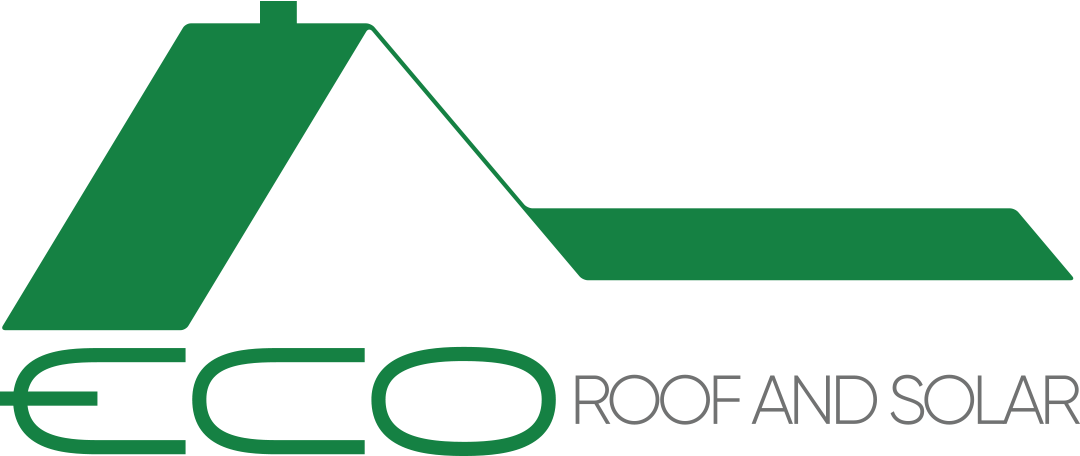SAFETY
Occupation Health And Safety Administration (OSHA)
OSHA was created in the 1970’s after congress enacted the Occupational Safety and Health act of 1970. Its mission is to help employees and employers reduce on the job injuries, illnesses and death. Since OSHA has been established workplaces deaths have decreased by 60%. In addition OSHA has conducted almost 39,000 inspections & issued over 85,000 citations for safety violations. ECO Roof and Solar requires proper OSHA compliance for all build projects and our crews are required to represent ECO Roof and Solar by wearing green ECO shirts and hard hats. They are required to strictly follow all OSHA guidelines such as
- Rope and harness when on the roof
- Cover all pedestrian walkways
- Tarp property and personal belonging for protection
Raise your hand if you’ve worked on a roof without a safety harness. Now, raise your hand if you’ve personally experienced a close call—either you or someone you know slipping and nearly falling to the ground. Like all professions involving physical labor, roofing comes with its share of inherent risk. It’s no accident that falls are the leading cause of death in the construction industry. Around 200 workers are killed every year in falls, and more than 100,000 are injured.
Many professionals assume that risk every day, but at ECO Roof and Solar, we strongly believe in taking sensible safety measures that can dramatically reduce or eliminate the dangers posed by working on a rooftop. Besides the ethical responsibility to provide a safe work environment, workplace injuries and unsafe practices can result in severe hikes to insurance costs and lawsuits that can lead to bankruptcy.
The most recent GAF Live CAM Event (Shingle Systems & Most Common Mistakes) served as a necessary reminder and refresher of the importance of basic safety measures. The instructor stressed the necessity of wearing safety harnesses. He also raised an excellent point that may seem counter-intuitive:
- The pitch of the roof does not matter
- Any time a person is working more than 6 feet above the ground or the next level, a harness should be worn.
This six-foot rule is not only common sense. (Imagine being body-slammed by a six-foot professional wrestler—not a good feeling, right?) It’s also the industry standard as established by OSHA.
Here is the official wording of the standard, with our emphasis added:
The rule identifies areas or activities where fall protection is needed. These include, but are not limited to, ramps, runways, and other walkways; excavations; hoist areas; holes; form work and reinforcing steel; leading edge work; unprotected sides and edges; overhand bricklaying and related work; roofing work; precast concrete erection; wall openings; residential construction; and other walking/working surfaces.
The rule sets a uniform threshold height of 6 feet (1.8 meters), thereby providing consistent protection. This means that construction employers must protect their employees from fall hazards and falling objects whenever an affected employee is 6 feet (1.8 meters) or more above a lower level. Protection must also be provided for construction workers who are exposed to the hazard of falling into dangerous equipment.
At ECO Roof and Solar, we take appropriate safety precautions with each job, no matter the situation. If you have a customer or employee who wants to know why those guys roofing the house down the street aren’t wearing harnesses, show them this blog post. If you have questions about harnesses and other safety equipment, give us a call. Our experienced staff can fit you with the right tools.
There’s a reason that ECO Roof and Solar is Colorado’s premier choice for roofing. Contact us today at (303) 484-9854.




